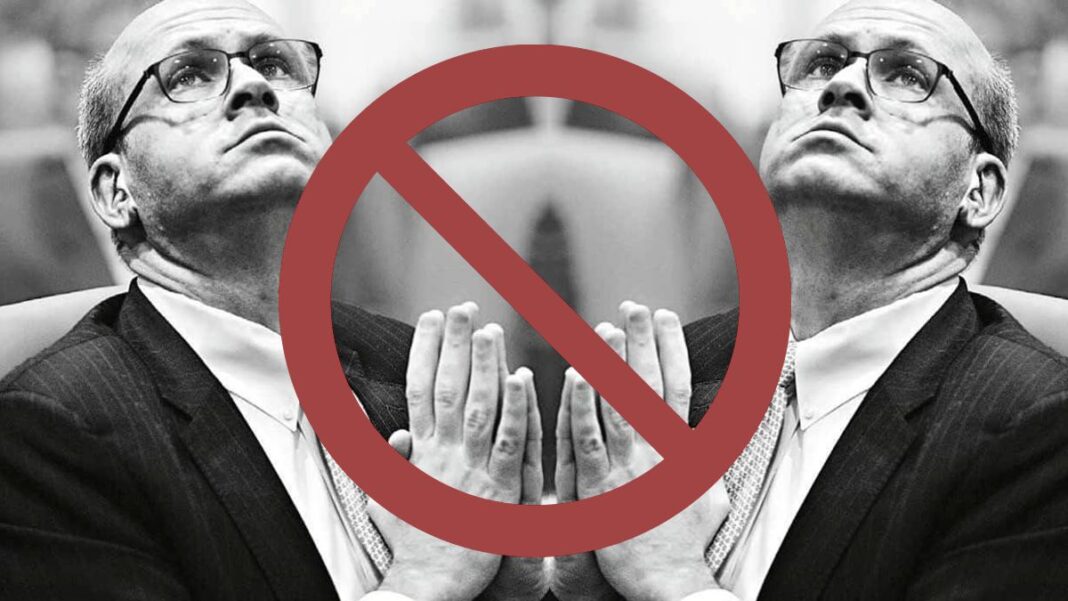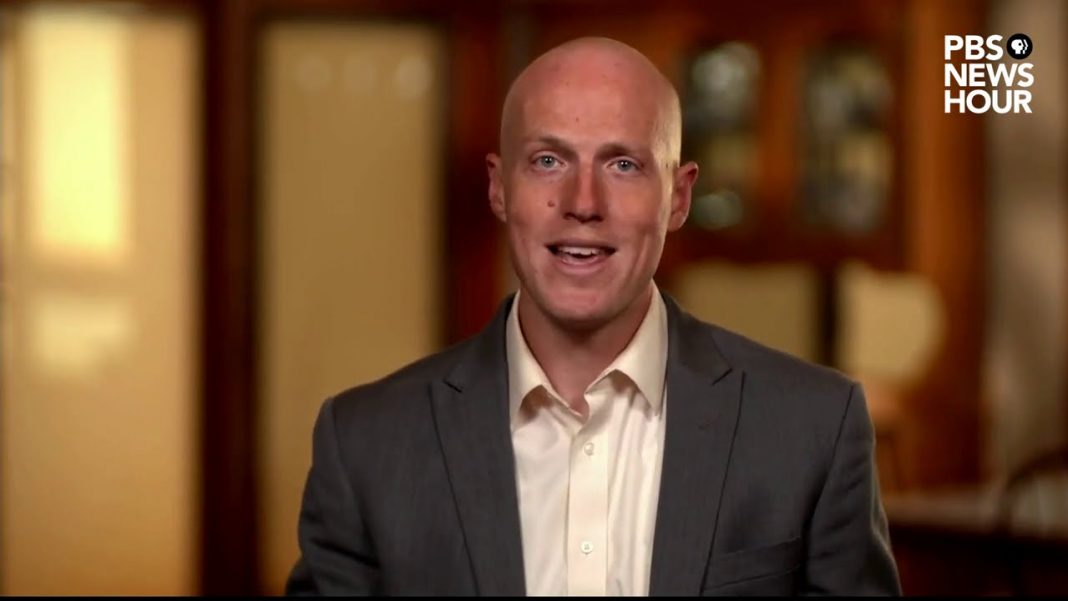The Democratic National Committee (DNC) is ending its longtime partnership with lawyer and election strategist Marc Elias, who paid for the notorious dossier falsely accusing the Donald Trump presidential campaign of colluding with Russia.
The divorce between the national organization of Democrats and its top lawyer over “a number of strategic disagreements” was first reported by Punchbowl News, citing anonymous sources familiar with the matter. This appears to only affect the DNC, considering that Elias still represents a slew of federal- and state-level Democratic campaign arms, such as the DSCC, DAGA, and DLCC.
“The DNC works with a number of law firms on voting rights litigation, compliance, contracting and more. The DNC is appreciative of Elias Law Group’s years of work in service of the values we share,” a DNC spokesperson said in a statement.
A spokesperson for Elias’s firm, the Elias Law Group, also lauded the New York lawyer’s previous work for the DNC, noting that he will continue providing services to Democrat clients.
“Elias Law Group is proud of the work it has done for the DNC. We look forward to continuing to represent the Democratic Party as well as helping citizens vote, and progressives make change,” the statement read.
Elias is best known as the man behind the Steele dossier. Serving as general counsel for the Hilary Clinton campaign during the 2016 presidential election, Elias hired opposition research firm Fusion GPS to commission a dossier on Republican candidate Donald Trump’s alleged collusion with Russian government operatives. Fusion GPS entrusted the task to retired British spy Christopher Steele, who eventually fed the dossier to the FBI in 2017.
The dossier and its core allegations now have either been debunked or deemed unverifiable, but were key to the FBI’s investigation of Trump, as well as the mainstream media’s narrative about Moscow meddling with the 2016 election. The role Democrats played in the dossier wasn’t exposed until much later in 2017, amid a House Republican-led probe into the document’s origin.
By Bill Pan









